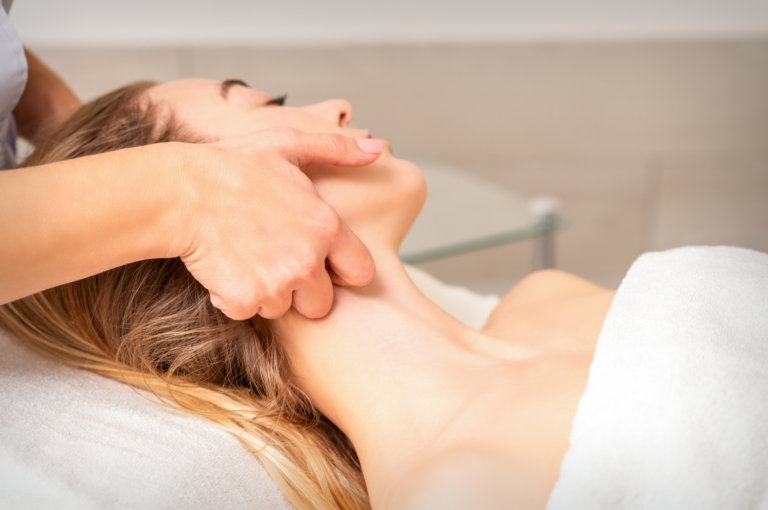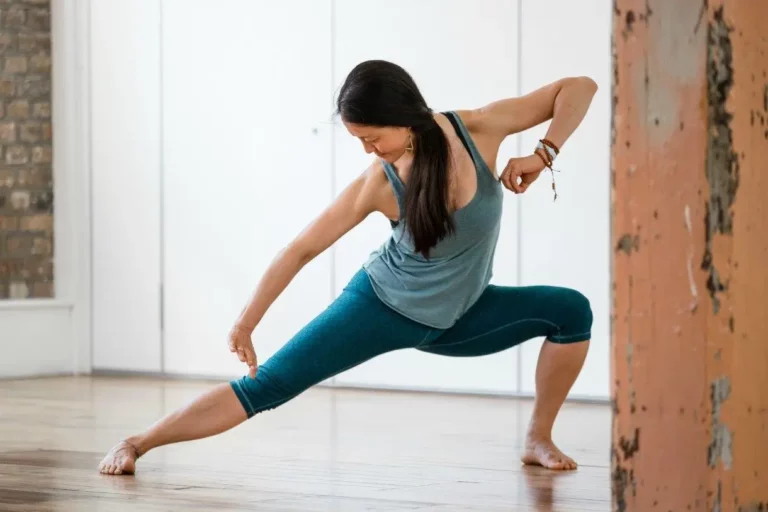Wanting to go beyond the typical ‘how to use a yoga prop’ conversation, we posed a few more philosophical questions to three triyoga teachers and our yoga prop partner, Yogamatters, about transforming prop perceptions. Part one explores props from an Iyengar yoga perspective. Part two shares from the Vinyasa Flow and restorative yoga perspectives, as well as a special giveaway for our audience.
‘The body is the prop for the soul. So why not let the body be propped by a wall or a block?’
– BKS Iyengar
For many yoga students, the mention of yoga props conjures heart-warming images of the late BKS Iyengar. He was the first to introduce props to his teachings – using common household items to free movement within his students’ bodies, encourage their resistant minds and ease the breath.
Belts for trousers, hand sewn pillows, actual bricks from buildings and telephone books (remember those?) were all common place in the yoga classes of the 70s.
No longer only a trademark of Iyengar, many styles of yoga use props to support students throughout their transformative yoga journeys. Modern day yoga props are now much more uniform in shape, size and material with resilient human creativity showing up as colours, patterns and an endless array of uses.
Wanting to go beyond the typical ‘how to use a yoga prop’ conversation, we posed a few more philosophical questions to three triyoga teachers – all from different disciplines – and our yoga prop partner, Yogamatters, about transforming prop perceptions. We asked the following questions and received a beautifully diverse range of answers:
– Often times students view using props as a sign of weakness. Why should using props not be seen as a weakness? How do you change their perspective and spin it into a positive experience?
– What is missed when a student is not using a prop?
Yoga props: an Iyengar yoga perspective
Iyengar yoga was the first style we wanted to explore for obvious reasons. To gain insight from this perspective, we turned to triyoga teacher Judy Waldman. She has been practising Iyengar yoga for more than 25 years and teaching for over 12 years. Yoga was pivotal in helping her recover from a back injury and calm her busy mind. She has studied with the Iyengars in India and in the UK on several occasions. When asked about encouraging a positive perspective on props, Judy shared:
“Firstly, I’d like to say that the practice of yoga is not to prove how strong we are and how much pain or discomfort we can endure. The experience of yoga is to help us quiet the chattering of the mind by penetrating the layers of consciousness towards a deeper inner awareness.
“BKS Iyengar enhanced the use of props to enable people regardless of physical limitations to benefit from their study and practise of yoga. Selective use of props makes the asana accessible to all. So, using a prop is a considered choice in how we can achieve a correct or more refined action to improve our experience in the asana.”
She goes on to talk about how props can encourage a more meditative state during practice, aiding in mental and emotional development:
“The use of props helps us to face our fears and overcome them, such as in inversions or backbends. For practitioners who find balancing in headstand (sirsasana) challenging, the use of a wall or doing rope sirsasana can help them develop balance and stability and gain confidence to eventually be able to do the pose safely away from the wall. Supported backbends over chairs gives us time to gradually open and broaden the chest and release the back gracefully.
“Longer duration in the pose through the use of props calms and focuses the mind to explore specific actions or areas that need attention. This can have a therapeutic effect to an injured area and intensify the experience of the asana. We can become lighter and yet more energetic.
“Relaxation and stress reduction are enhanced through the practice of pranayama. We may sit or lie on a bolster to support the respiratory system and to fully experience the calming effects on our minds and our bodies, which is greatly beneficial for the immune system.
“So, the specific use of props with an open mind and with humility enables much more than physical alignment. We draw our senses inwards (pratyahara) and our practice becomes meditative, helping us to penetrate from the periphery to the core of our deeper selves.”
You can read more about the specifics of Iyengar yoga and props by reading our blogs: “using Iyengar props to find alignment in body mind and breath” and “freedom of movement: Iyengar yoga with ropes”.
Keep an eye out for “yoga props: going beyond the ‘how to’ – part 2” where we continue to explore the deeper meanings behind the use of props in two popular styles – Vinyasa Flow and restorative yoga. Yogamatters, our props partner, will also weigh in on the subject and announce a special giveaway. So, watch this space.
Click here to attend an Iyengar yoga class with Judy Waldman.










